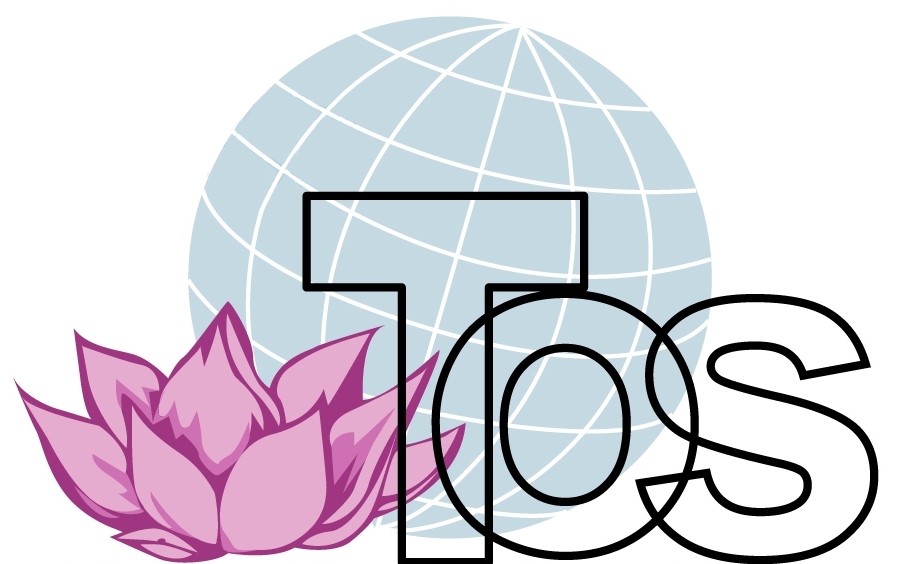Sticking to Our Guns Is Not the Answer
by Ananya Sri Ram Rajan
The recent shootings in Atlanta, Georgia and Boulder, Colorado bring us back to the conversation about gun legislation and why assault weapons are so easily accessible to anyone over eighteen years of age. In this year alone, there have been thirty-five mass shootings in January and forty-one in February. While not all of these mass shootings were carried out with an assault weapon, the fact is that the ability to obtain a gun and the use of it is a much easier way to kill someone than with any other weapon.
Gun ownership is just one issue that surfaces when there is a mass shooting. But this particular problem in the US (and an expensive one, I might add) is multifold. While statistically there are more responsible gun owners than irresponsible ones, the second amendment was designed for a different time. Today, the system that protects the second amendment is broken, which has led to many Americans rethinking this constitutional right. This writing is not intended to promote one view over another, but to show that mass shootings are not just about guns and gun ownership.
An article titled “The Gun Industry in America: The Overlooked Player in A National Crisis” by Chelsea Parsons, Eugenio Weigend Vargas, and Rukmani Bhatia at the Center for American Progress (americanprogress.org) states that,
The gun industry in the United States is effectively unregulated. The laws governing the operation of these businesses are porous and weak. The federal agency charged with oversight of the industry—the Bureau of Alcohol, Tobacco, Firearms and Explosives (ATF)—has been historically underfunded and politically vulnerable, making it nearly impossible for the agency to conduct consistent, effective regulatory oversight activities. Adding insult to injury, Congress has also imposed restrictions on how ATF can perform this regulatory work through restrictive policy riders on the agency’s budget. Congress has also eliminated some of the most useful tools for ensuring that gun industry actors operate their businesses in the best interests of consumers and are held accountable for harm caused by their products.
Looked at from this perspective, we can see that there is a problem that does not involve just those who manufacture guns or sell them, but across the whole system. That is, those who legislate and regulate firearms, those who determine how much money goes into overseeing the federal agency that enforces regulation, and so on. We can ask innumerable questions after a tragedy, but the answers are not simple. Yet, as with anything, the solution lies within us.
In her book No Other Path to Go, Radha Burnier writes “If we felt deep concern about the suffering which exists in the world, we would want to know the way out. Most of us continue to live commonplace, mediocre lives, because there is nothing that deeply moves us. We do not feel that urgency to bring about a change. To see that necessity is the first step. When we see that, then naturally we will try to find the answer.” These words can apply to our spiritual life as well as our everyday life.
With every tragedy we face from lives lost due to guns, one constantly hears “something must be done.” Yet, the “something” becomes unclear and somewhat overwhelming because the problem is so vast. The issue is not black and white. While we may see the necessity that something must be done, actually moving toward an answer becomes more difficult. Aside from what has already been stated regarding the lack of funding for federal agencies, lobbyists for gun rights don’t want their rights imposed upon, lobbyists for mental health don’t feel it is a “mental health issue,” companies that benefit from the production and sale of guns do not feel they are responsible for a person who buys a gun, and the list goes on. Meanwhile school children, who have nothing to do with any of this, are forced to partake in “active shooter drills.” (Fire drills are traumatic enough.)
As a country that believes freedom and civil liberties are to be held above all else, we can no longer can take it for granted that when we visit a grocery store, a place of worship, a park, attend an open arena concert, that we are safe. So, the question arises, what does freedom mean? There are some who feel the right to carry a gun anywhere is freedom; those opposed to this view say they see nothing beneficial about it and adamantly disagree. The country remains at a stand off and the shootings continue.
In reality, freedom in its true sense loses its integrity, and even its meaning, when we believe it applies to one particular population and not another. In the US, we cannot say “liberty and justice for all”—except XYZ. However, this is exactly what continuously happens whether the issue is guns, the rights of minorities, or even the environment. Immediately, there is an “us” versus “them” attitude which stops any kind of progress.
There is a profound quote by the physicists David Bohm and F. David Peat that says, “What is essential here is the presence of the ‘spirit’ of dialogue, which is, in short, the ability to hold many points of view in suspension, along with a primary interest in the creation of a common meaning.” This, in actuality, is true communication. We cannot come to a solution of the problems in this country, or even the world, if we don’t give space to the many points of view and allow them to be spoken and contemplated without judgement. Again, from David Bohm “On Dialogue,”
Dialogue comes from the Greek word dialogos. Logos means “the word,” or in our case we would think of “the meaning of the word.” And dia means “through”—it doesn't mean two. The picture or image that this derivation suggests is of a stream of meaning flowing among and through and between us. This will make possible a flow of meaning in the whole group, out of which may emerge some new understanding. It's something new, which may not have been in the starting point at all. It's something creative. And this shared meaning is the glue or cement that holds people and societies together.
The object of a dialogue is not to analyze things, or to win an argument, or to exchange opinions. Rather, it is to suspend your opinions and to look at the opinions—to listen to everybody's opinions, to suspend them, and to see what all that means. We can just simply share the appreciation of the meanings, and out of this whole thing, truth emerges unannounced—not that we have chosen it. Everything can move between us. Each person is participating, is partaking of the whole meaning of the group and also taking part in it. We can call that a true dialogue.
Dialogue is the collective way of opening up judgments and assumptions.
What remains to be seen in many of the conversations we face in today’s world is a way to provide a “stream of meaning flowing among and through and between us.” To truly dialogue with each other, we need to approach the issues with a different mindset than the one that created the issues in the first place. J. Krishnamurti repeatedly stated that we cannot solve the problems of the mind with the same mind that caused the problems. It is just a catch-22. A fresh approach needs to be taken. N. Sri Ram called this “Human Regeneration.” He states,
when the consciousness becomes free from the fixed images with which it is clogged, from the fixed patterns of its thought and feeling, it becomes completely elastic, then it is able at each moment of time to give itself totally to the experience of that moment. It is mobile and responsive in every way; yet along with this mobility and responsiveness, it is able to remain unaffected by fluctuations of external conditions, by “heat and cold, honour and dishonour, success and failure,” to use the language of the Bhagavad Gita. These things just come and go, like ripples on a sheet of water. The consciousness merely reflects the changes, registers them, understands them, and they pass. It is sensitive and tranquil at the same time, a beautiful state to be in.
The questions put to ourselves is now is: Shall we try to dialogue? Shall we try to “remain unaffected by fluctuations of external conditions?” Shall we try to appreciate the meanings of what arises? These critical questions allow us a way through the turmoil we have created. Do we have the courage to TRY?

